FAQs | Repair Videos | Academy | Newsletter | Contact
Our Picks
Top content from across the community, hand-picked by us.
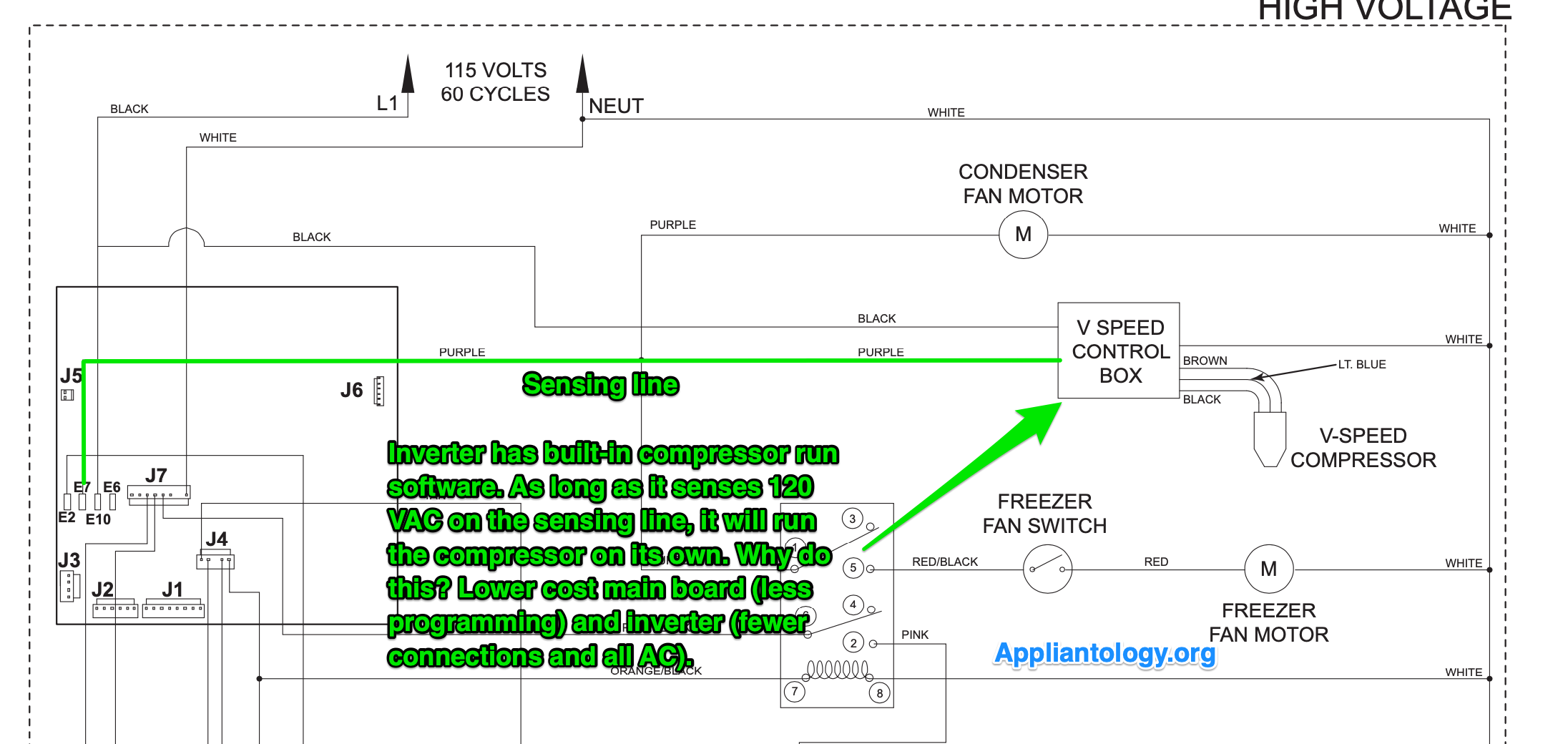
Drop-In Inverters: How Do They Work?
Son of Samurai posted a blog entry in Appliance Repair Tech Tips,
While this is the type of inverter that's been used in appliances for years now, it's not the only kind of inverter out there. In fact, another type of inverter is starting to crop up in the appliance world, and it may very well become the norm for some applications. It's called a drop-in inverter, and we're going to look at what sets it apart from the PWM-controlled inverters we're used to.
-
-
- 12 replies

Picked By
Samurai Appliance Repair Man,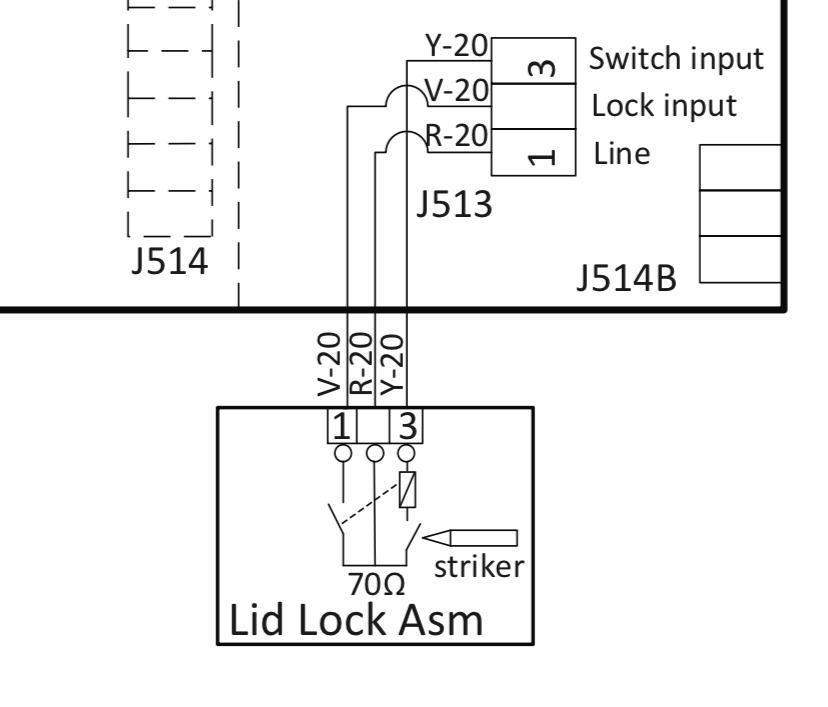
How Does the Lid Lock Circuit Work in a Top-Load Washer?
Son of Samurai posted a blog entry in Appliance Repair Tech Tips,
-
-
- 14 replies

Picked By
Samurai Appliance Repair Man,
Understanding Superheat and Subcooling with the P-H Diagram
Son of Samurai posted a blog entry in Appliance Repair Tech Tips,
-
-
- 2 replies

Picked By
Samurai Appliance Repair Man,
The Problem Statement: Don't Troubleshoot Without One!
Son of Samurai posted a blog entry in Appliance Repair Tech Tips,
-
-
- 0 replies

Picked By
Samurai Appliance Repair Man,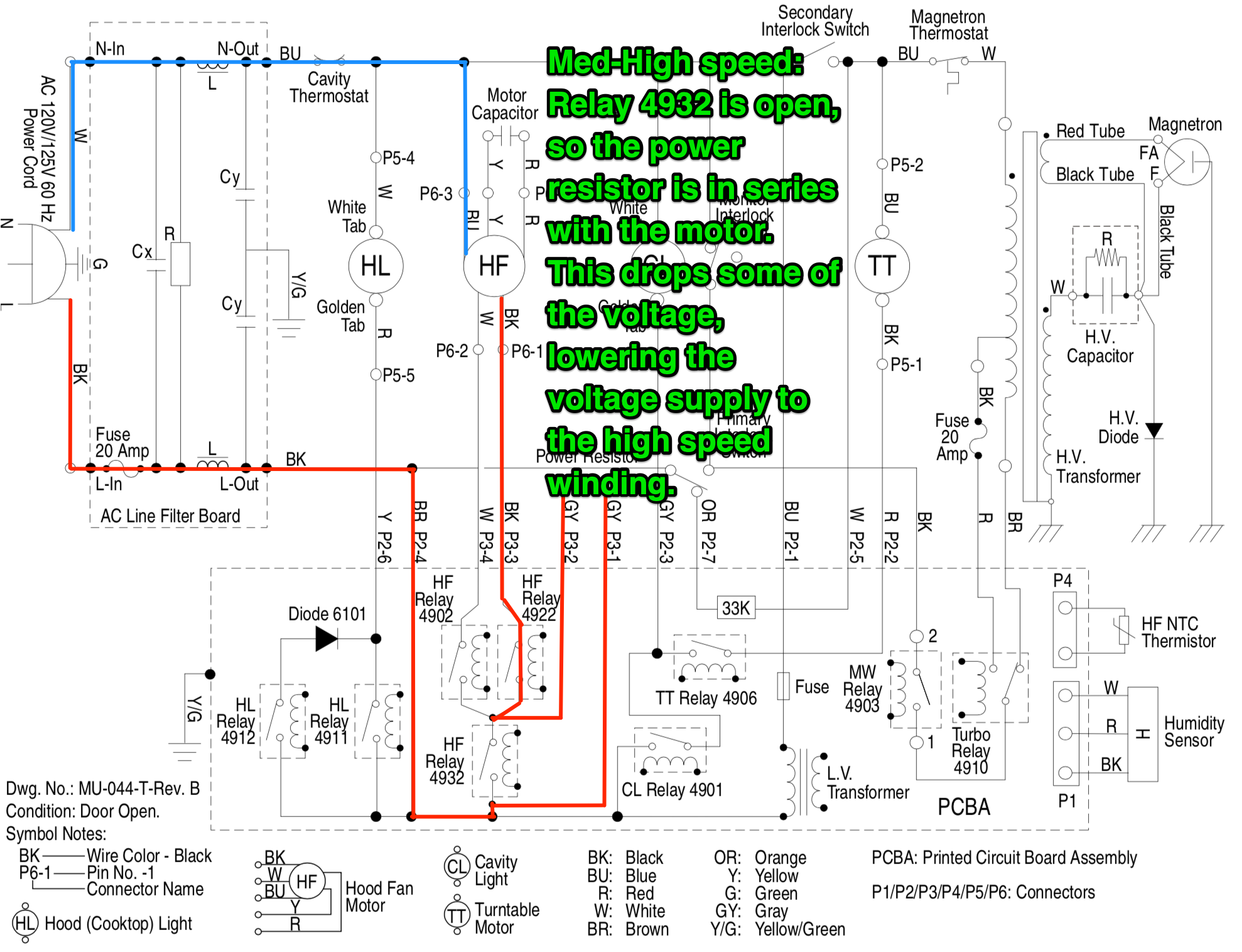
How Many Speeds Does This Fan Motor Have?
Son of Samurai posted a blog entry in Appliance Repair Tech Tips,
-
-
- 11 replies

Picked By
Samurai Appliance Repair Man,
Sealed System Basics: Saturation, Subcooling, and Superheat
Son of Samurai posted a blog entry in Appliance Repair Tech Tips,
To do that, we're going to cover the three central concepts to understanding a sealed system: saturation, subcooling, and superheat.
-
-
- 8 replies

Picked By
Samurai Appliance Repair Man,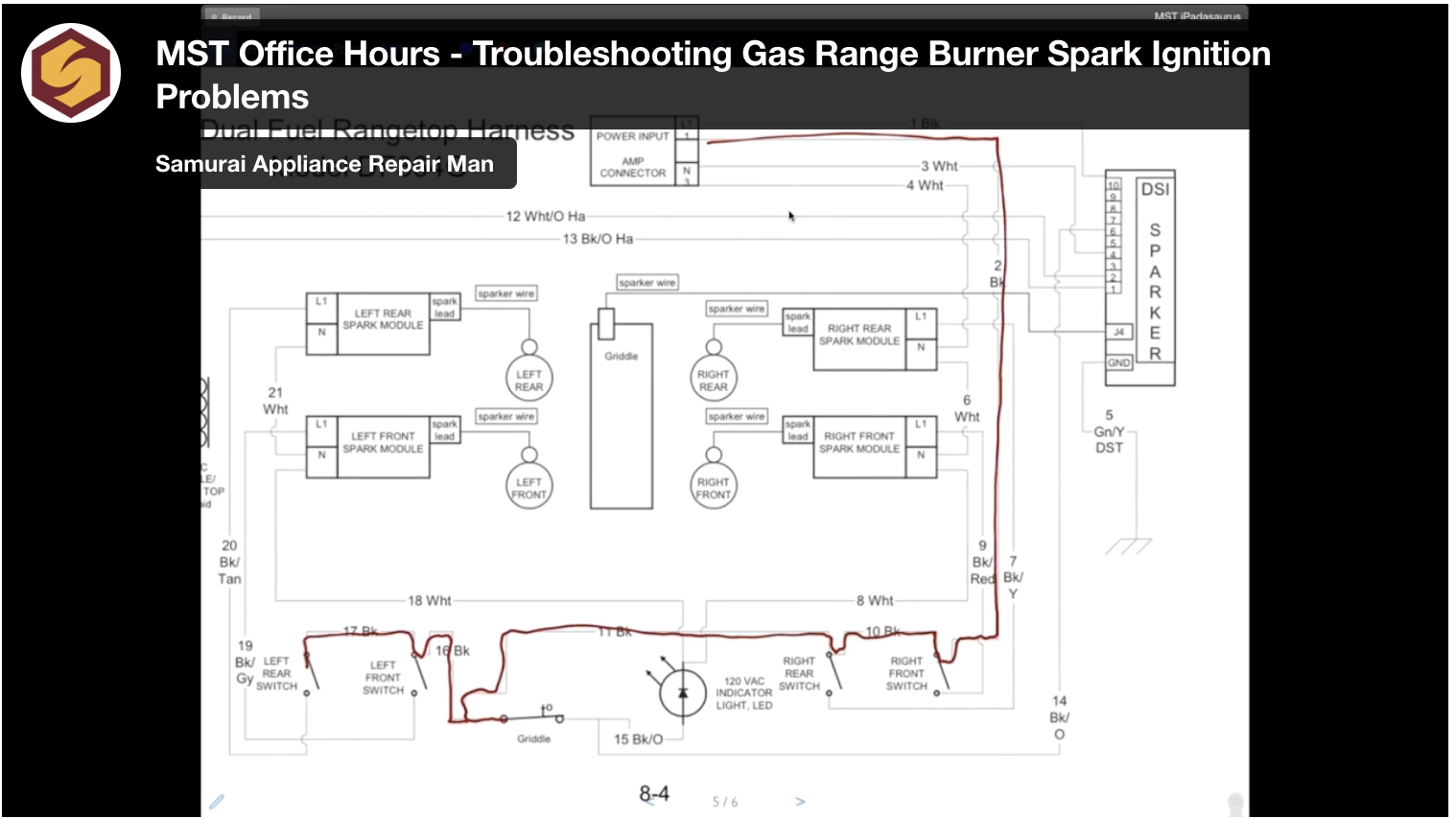
Troubleshooting Gas Range Burner Spark Ignition Problems
Son of Samurai posted a blog entry in Appliance Repair Tech Tips,
- DSI systems
- Single-point ignition
- Reignition systems
- Continual sparking after a flame is established
- Applying the Ten-Step Tango to real-world problems
...and more!
-
-
- 0 replies

Picked By
Samurai Appliance Repair Man,
A Practical Rundown of Sealed System Diagnostics
Son of Samurai posted a blog entry in Appliance Repair Tech Tips,
-
-
- 1 reply

Picked By
Samurai Appliance Repair Man,
An Odyssey Through Conflicting Information in a Samsung Washer Fast Track
Son of Samurai posted a blog entry in Appliance Repair Tech Tips,
-
-
- 4 replies

Picked By
Samurai Appliance Repair Man,
Dealing with Bad Heater Specs on an LG Dryer
Son of Samurai posted a blog entry in Appliance Repair Tech Tips,
-
-
- 4 replies

Picked By
Samurai Appliance Repair Man,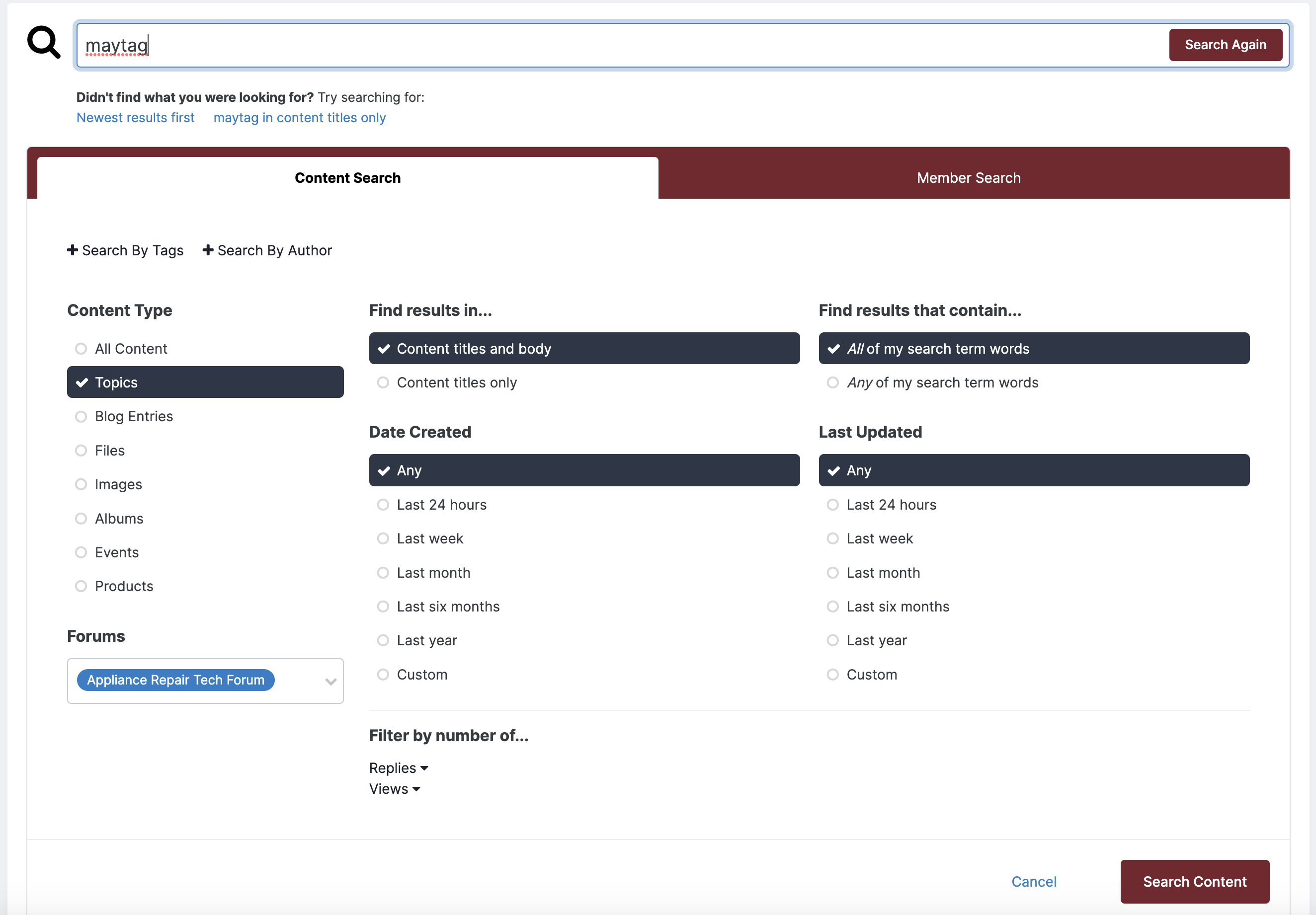
Why Forums are Better than Facebook
Son of Samurai posted a blog entry in Appliance Repair Tech Tips,
-
-
- 4 replies

Picked By
Samurai Appliance Repair Man,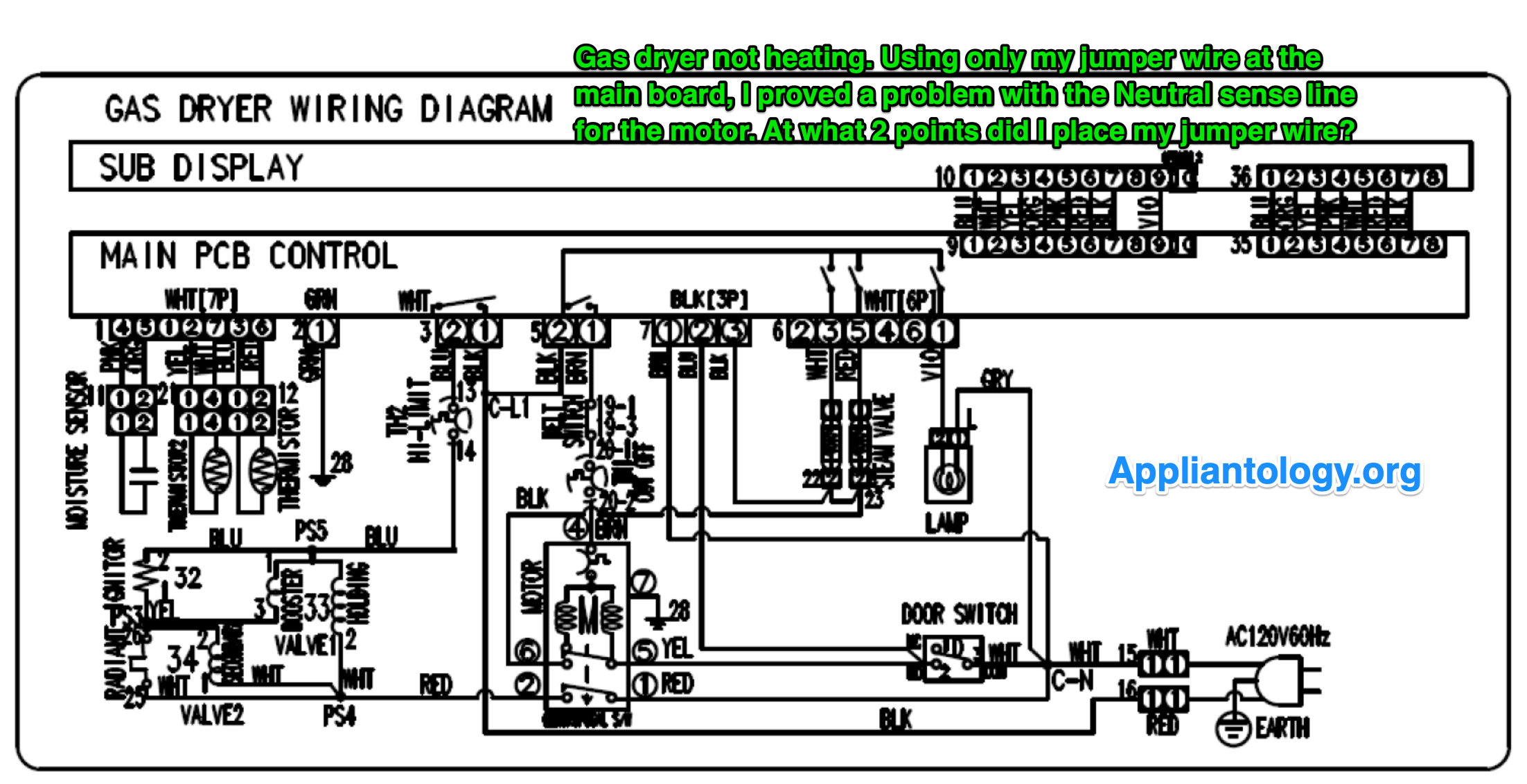
Gas dryer not heating, troubleshooting with only a jumper wire
Samurai Appliance Repair Man posted a blog entry in Samurai Appliance Repair Man's Blog,
Solution: Using only my jumper wire at the main board, I proved a problem with the Neutral sense line from the motor and made the burner fire up.
Question: At what two points did I place my jumper wire to troubleshoot this problem?
-
- 26 replies

Picked By
Samurai Appliance Repair Man,
Samurai's Big Three Troubleshooting Secrets
Samurai Appliance Repair Man posted a blog entry in Samurai Appliance Repair Man's Blog,
-
-
- 10 replies

Picked By
Samurai Appliance Repair Man,
3 ways to half-split warm refrigerator problems
Samurai Appliance Repair Man posted a blog entry in Samurai Appliance Repair Man's Blog,
-
-
- 8 replies

Picked By
Samurai Appliance Repair Man,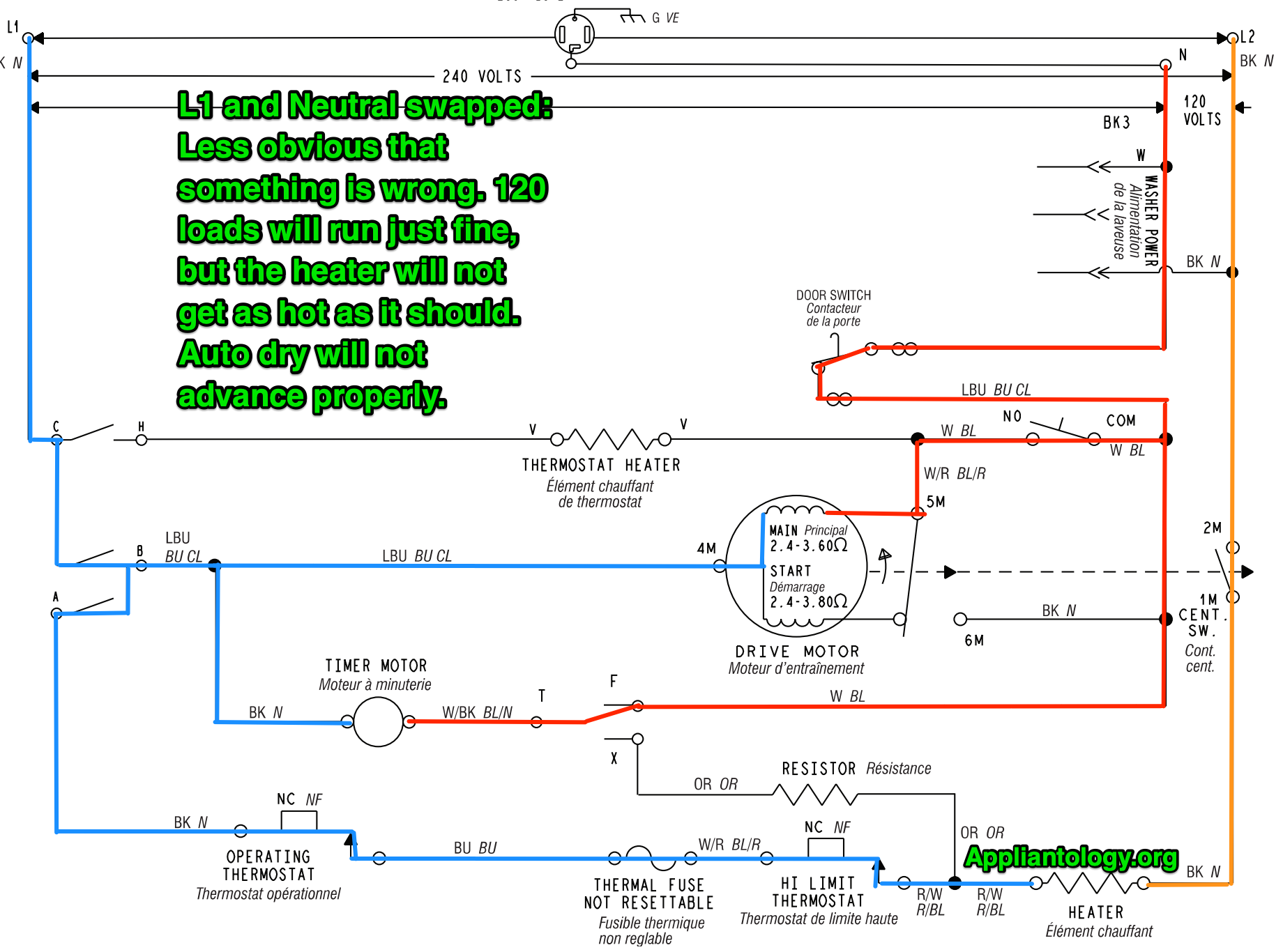
How Does a Mixed-Up 240 VAC Power Supply Mess With This Dryer?
Son of Samurai posted a blog entry in Appliance Repair Tech Tips,
-
-
- 1 reply

Picked By
Samurai Appliance Repair Man,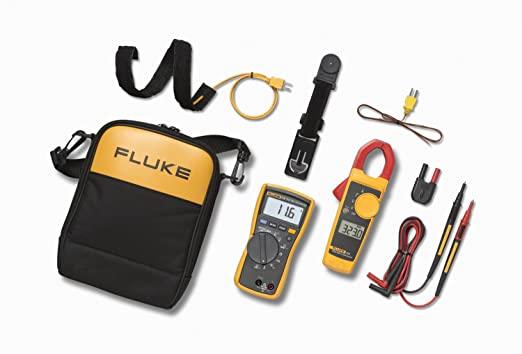
10 Essential Tools for Appliance Repair
Son of Samurai posted a blog entry in Appliance Repair Tech Tips,
-
-
- 12 replies

Picked By
Samurai Appliance Repair Man,
4 Essential Tips for CSRs
Son of Samurai posted a blog entry in Appliance Repair Tech Tips,
-
-
- 2 replies

Picked By
Samurai Appliance Repair Man,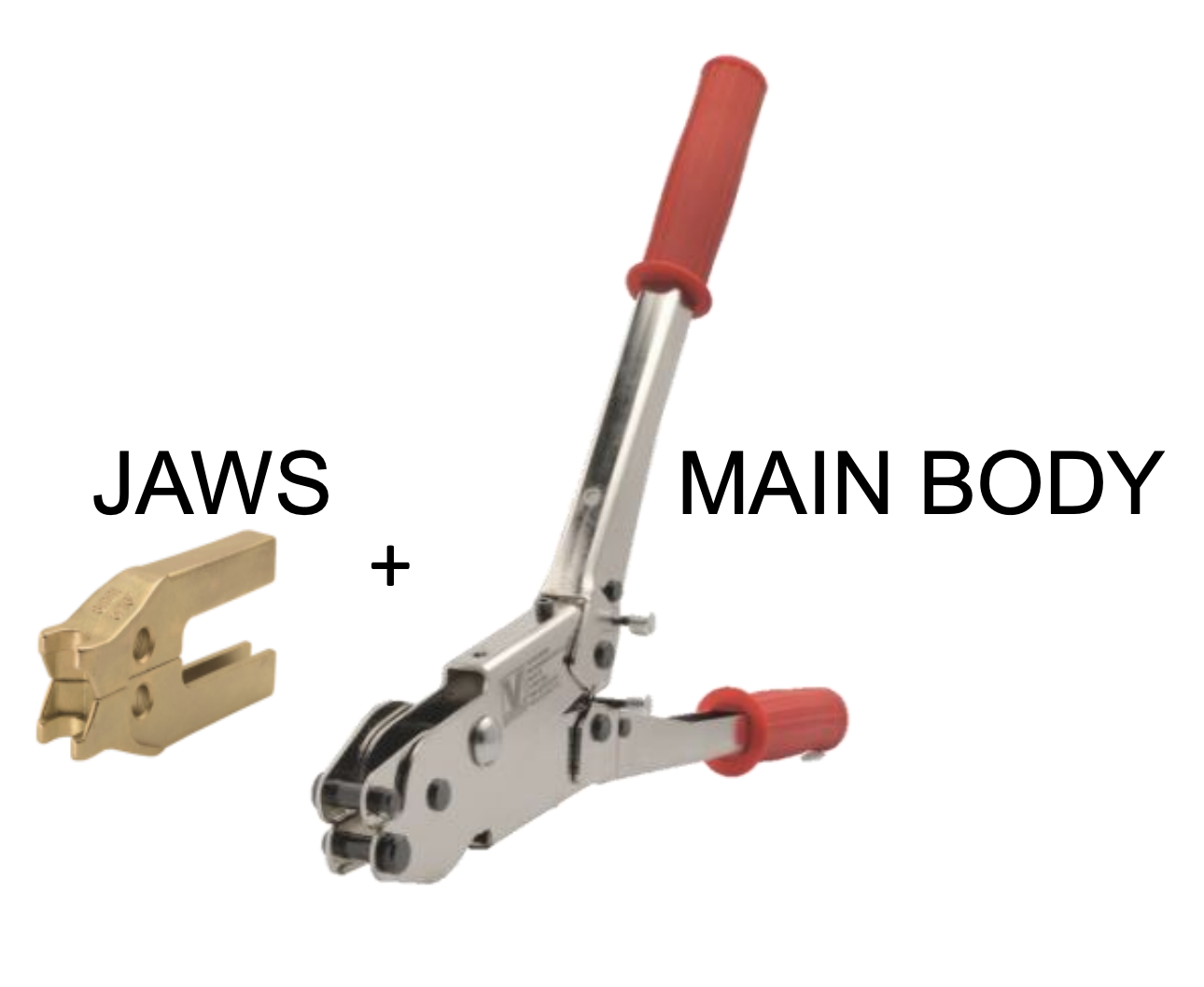
An Introduction to R600a and Lokring
Son of Samurai posted a blog entry in Appliance Repair Tech Tips,
With the majority of new refrigerators now being R600 models, repair companies need to be ready to perform sealed system repairs on them. This raises a few questions for these companies: how is R600 different from R134a, and what do I need to service R600 refrigerators?
-
-
- 42 replies

Picked By
Samurai Appliance Repair Man,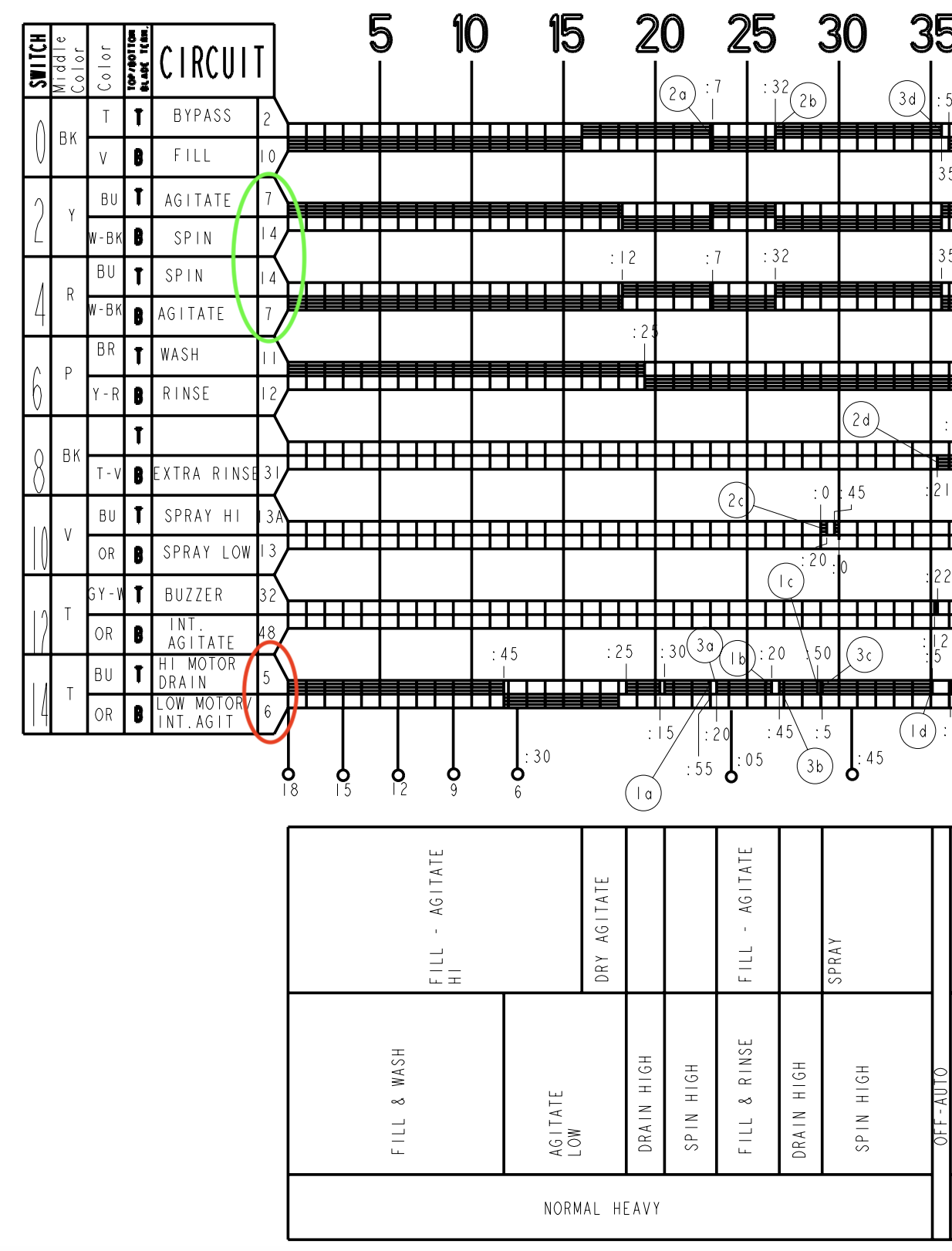
Troubleshooting a Top-Load Washer Motor that Hums and Doesn't Run
Son of Samurai posted a blog entry in Appliance Repair Tech Tips,
-
-
- 1 reply

Picked By
Samurai Appliance Repair Man,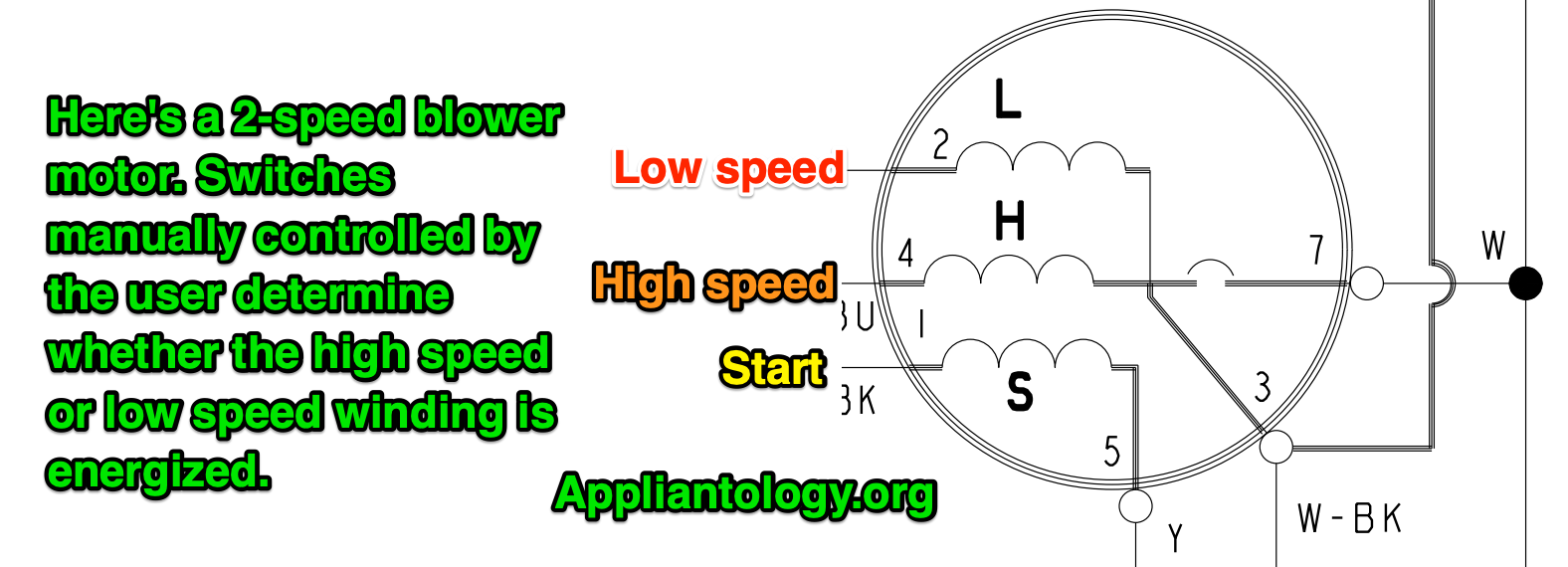
What You Need to Know to Troubleshoot Vent Hoods
Son of Samurai posted a blog entry in Appliance Repair Tech Tips,
-
-
- 5 replies

Picked By
Samurai Appliance Repair Man,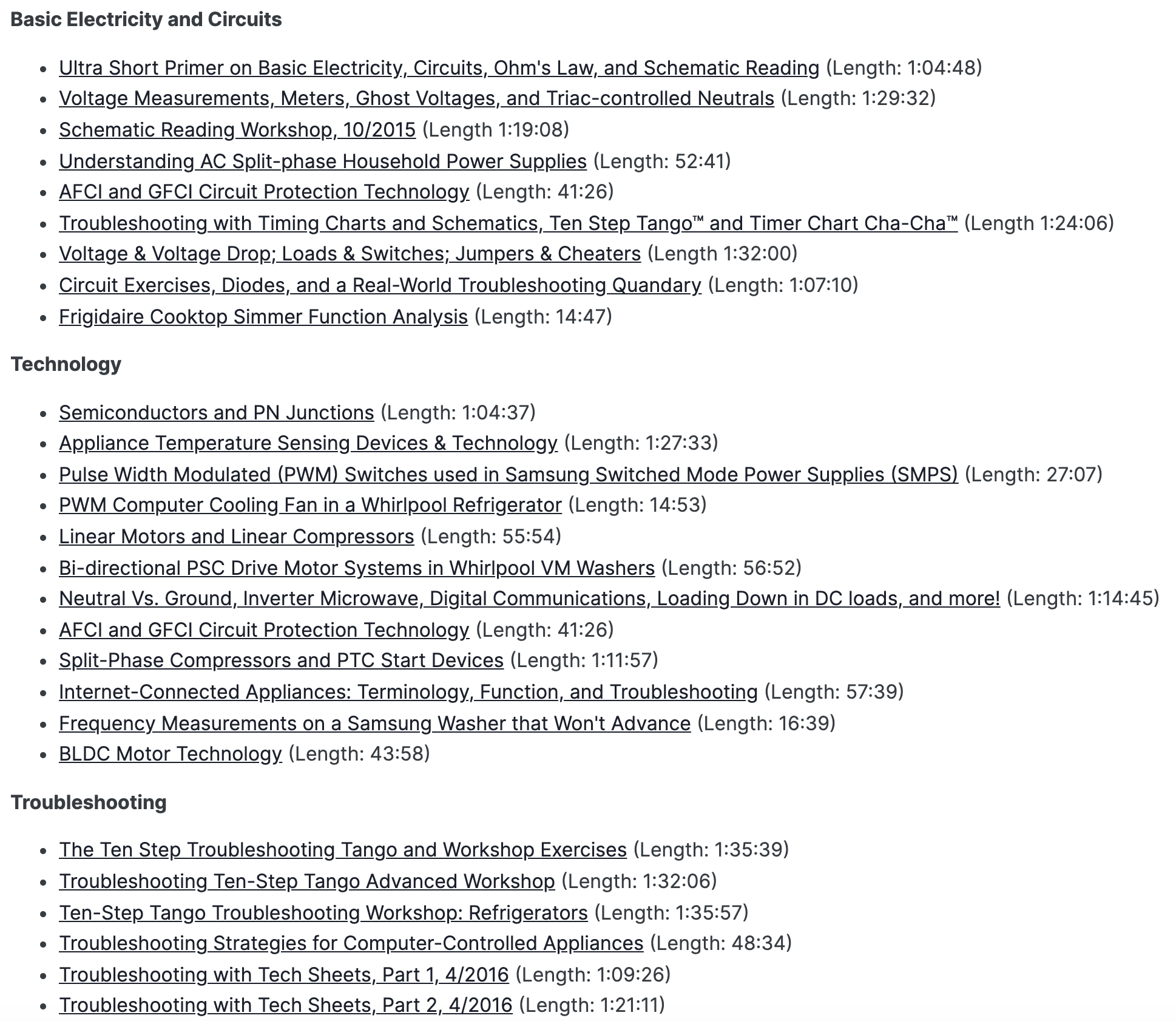
Prediagnosis: How a Real Tech Prepares for a Service Call
Son of Samurai posted a blog entry in Appliance Repair Tech Tips,
-
-
- 2 replies

Picked By
Samurai Appliance Repair Man,
Diagnostic Modes: What They Can Do and How to Use Them
Son of Samurai posted a blog entry in Appliance Repair Tech Tips,
-
-
- 8 replies

Picked By
Samurai Appliance Repair Man,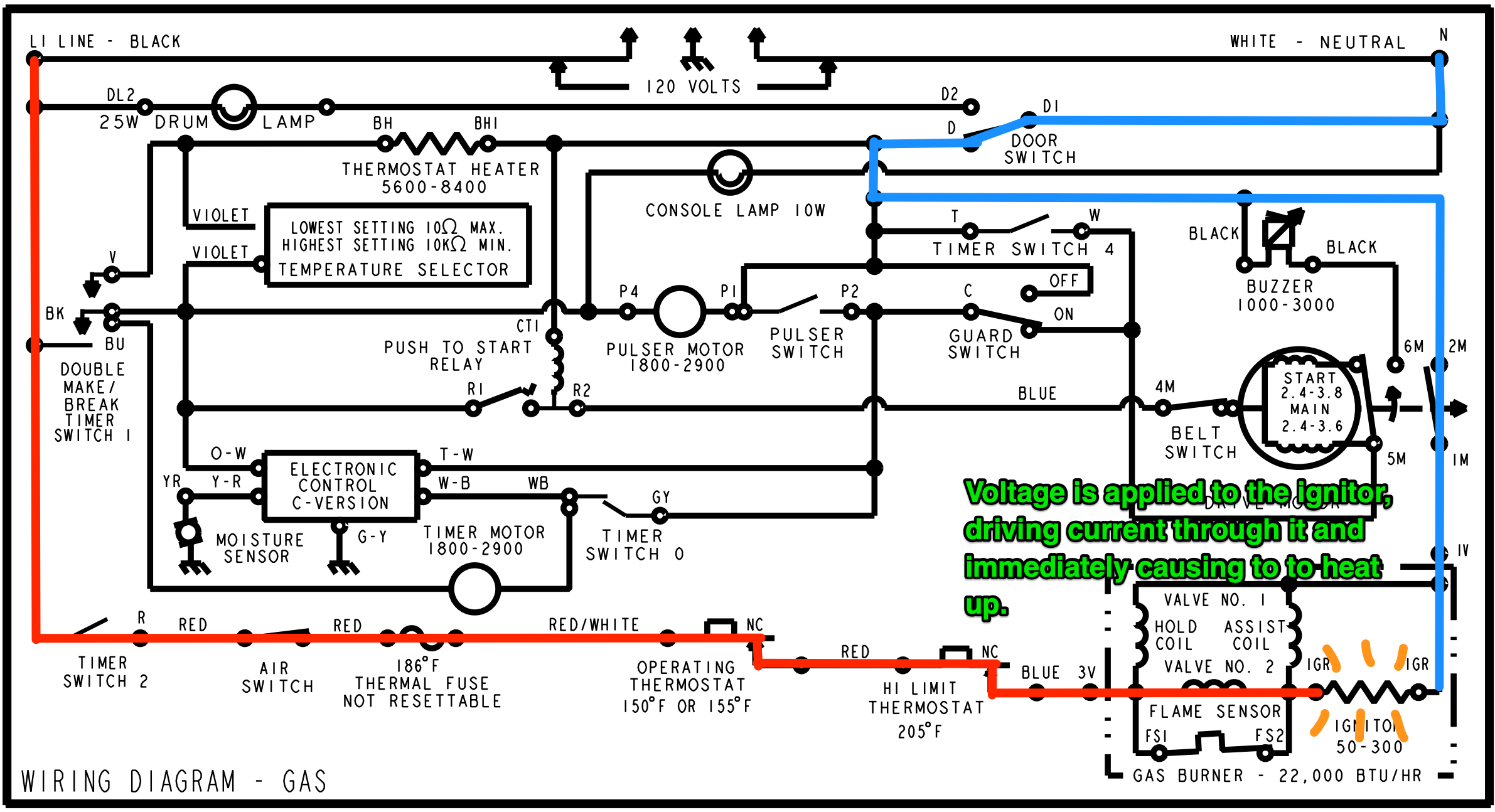
Do Ohms Lie?
Son of Samurai posted a blog entry in Appliance Repair Tech Tips,
-
-
- 15 replies

Picked By
Samurai Appliance Repair Man,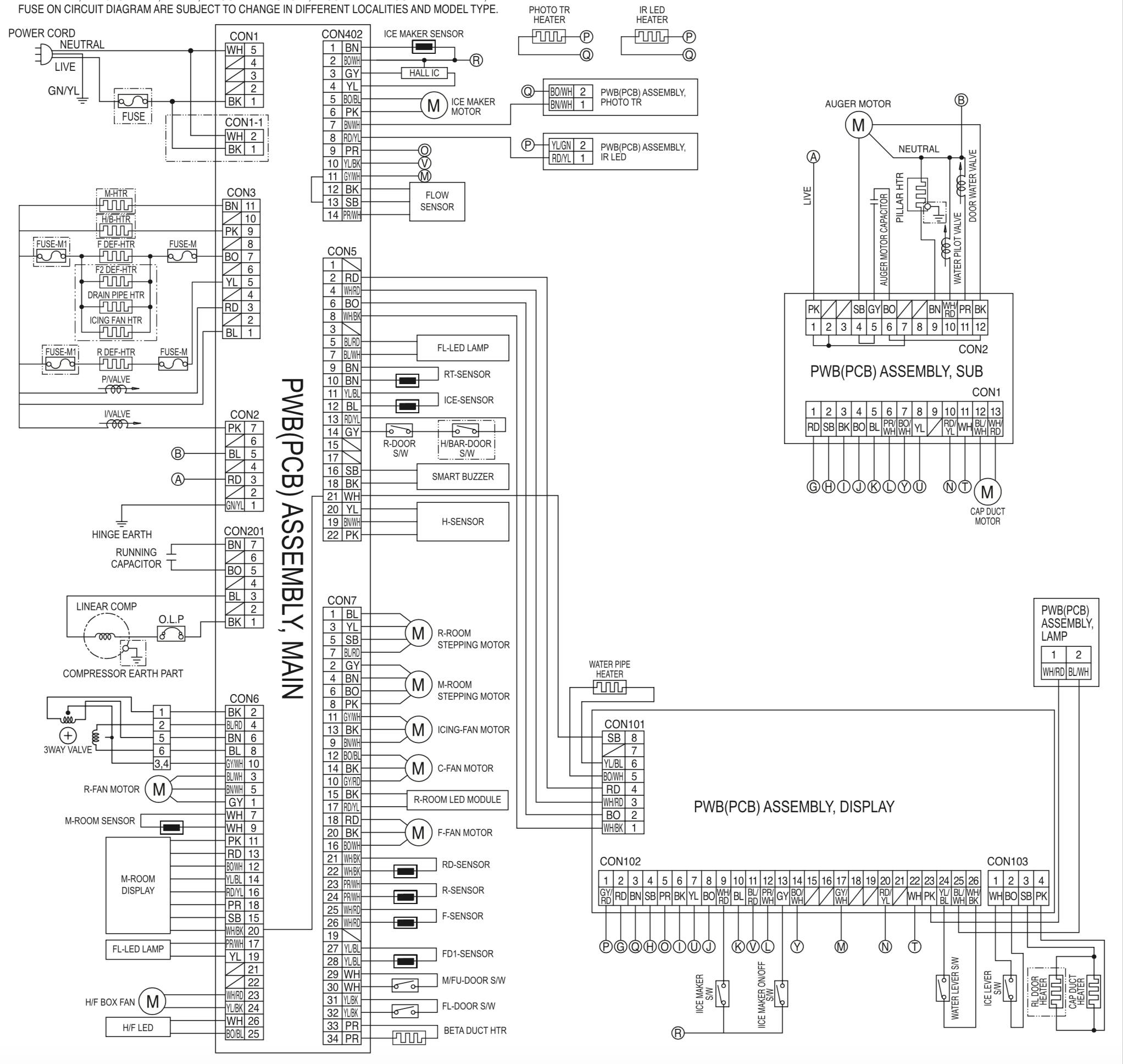
One Simple Trick to Reading LG and Samsung Schematics
Son of Samurai posted a blog entry in Appliance Repair Tech Tips,
-
-
- 1 reply

Picked By
Samurai Appliance Repair Man,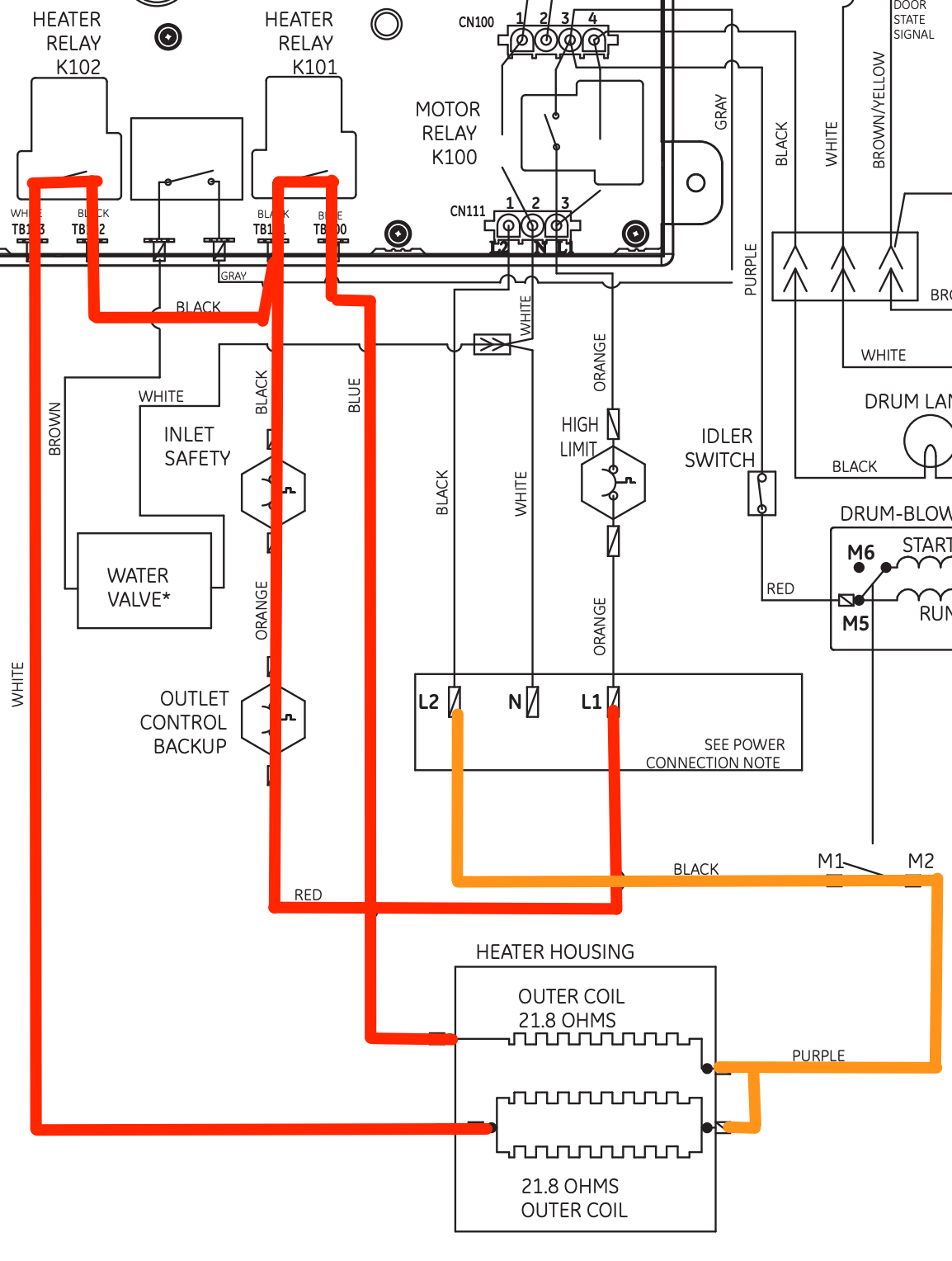
Troubleshooting an Electric Dryer with No Heat and 120 Volts Present on Both Sides of the Element
Son of Samurai posted a blog entry in Appliance Repair Tech Tips,
-
-
- 3 replies



.png)

